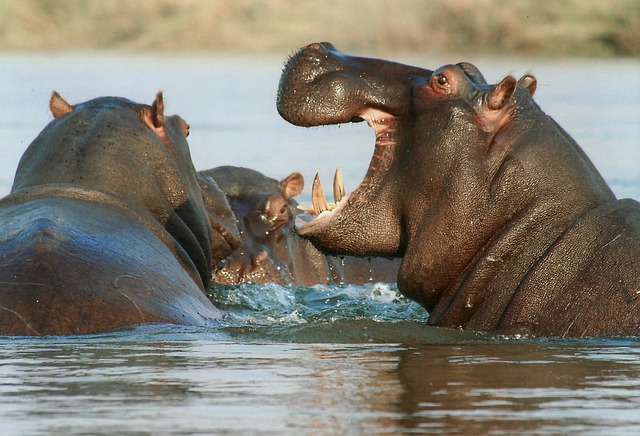The vast expanse of deserts may seem desolate to many, but they are home to a rich tapestry of biodiversity that deserves our respect and protection. The struggle for survival faced by desert wildlife is directly tied to environmental conditions and the effects of climate change. Understanding these implications is crucial for the protection of wild animals’ habitats, and for ensuring the survival of these species that are vital to our ecosystem.
The environment of desert regions is one of extremes. With scorching temperatures during the day and steep drops at night, organisms have adapted in remarkable ways to survive. From the tenacious desert tortoise to the elusive fennec fox, each creature plays a role in maintaining the balance of life in these arid landscapes. However, the intricate web of life is increasingly threatened by both natural and human-induced changes.
Climate change has far-reaching effects on deserts, exacerbating existing challenges faced by wildlife. Rising temperatures lead to altered precipitation patterns, resulting in unpredictable water sources and habitat loss. More pronounced droughts can hasten soil degradation and desertification, putting additional pressure on already fragile ecosystems. This disruption not only affects plants and animals but also the local communities that rely on these natural resources for their livelihood.
The protection of wild animals’ habitats becomes ever more critical as we face these challenges. It requires concerted efforts to create policies that focus on sustainable land management, conservation programs, and habitat restoration initiatives. Community engagement is also vital; educating local populations about the importance of biodiversity can foster a sense of stewardship and mutual respect for nature.
In many regions, organizations are working tirelessly to alleviate the impacts of climate change on desert wildlife. These efforts include establishing protected areas that serve as safe havens for vulnerable species and revising land-use plans to mitigate habitat fragmentation. By ensuring that there are sufficient resources and habitats for wildlife, we also enable ecosystems to adapt more effectively to changing climatic conditions.
As we witness the shifting landscapes of our deserts, it’s essential to recognize the interconnectedness of our environment and the species that inhabit it. The protection of wild animals’ habitats is not merely an act of conservation; it is a commitment to preserving the integrity of our natural world for future generations. Everyone has a role to play in this journey, from policymakers and researchers to everyday citizens. Together, we can advocate for the dwindling wildlife of our deserts and create a sustainable future amidst the challenges posed by climate change.


